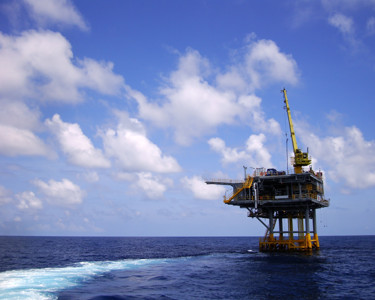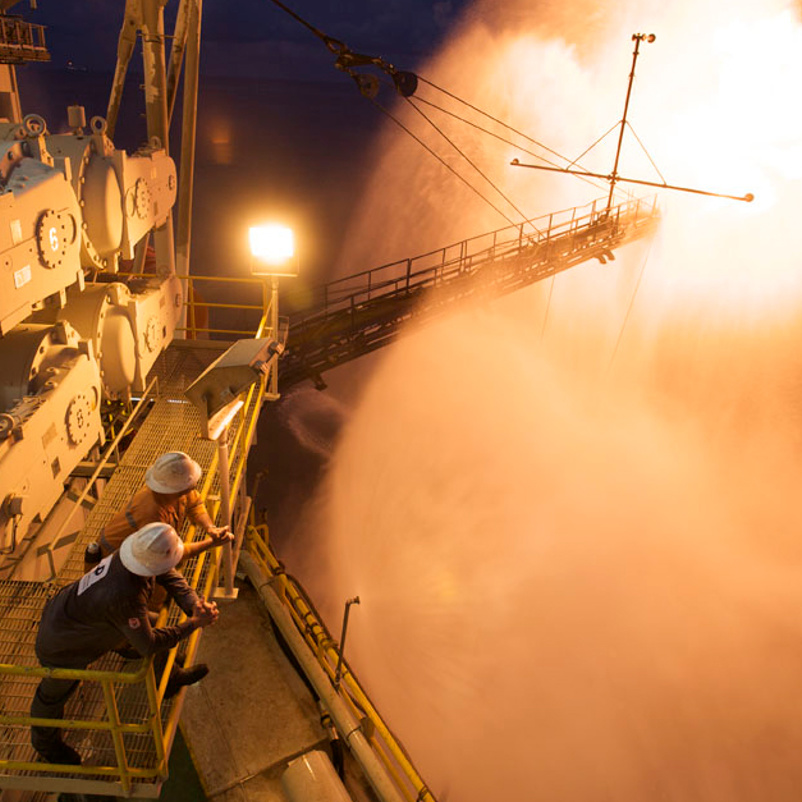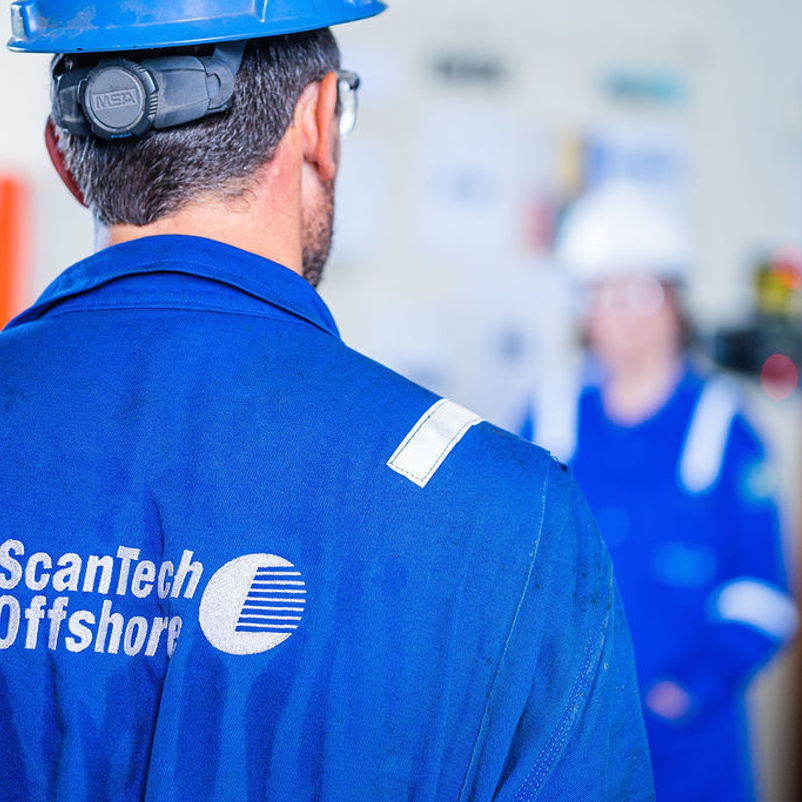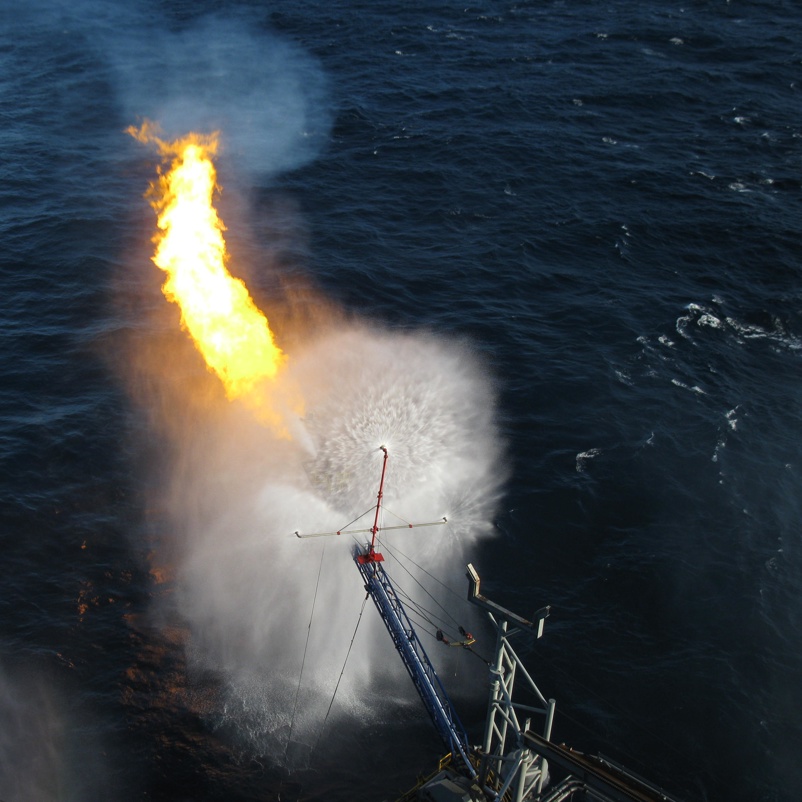
Rig deluge appraisals
ScanTech Offshore understands that well-test support doesn't just extend to equipment, and that is why we have invested in an innovative range of engineering services to simplify and secure your well-testing projects.

Installation survey
Our qualified personnel conduct installation surveys to assess and advise on the most cost-effective solutions for either a temporary or fixed heat suppression system. A complete top-to-bottom survey is performed analysing the rig's capability to supply water whilst maintaining the rig's statutory firefighting obligations.

Fixed system design
The design element of any project is a crucial part of success. That’s why our team of project engineers has access to and is fully conversant with SolidWorks 3D CAD computer aided design (CAD). Before installing your heat suppression system, our team will create a bespoke design and conduct all engineering calculations to meet your specific requirements.

Flare simulation/heat radiation modelling
ScanTech Offshore produces hundreds of flare simulations supported by proprietary software to calculate thermal heat radiation and noise levels produced during well-test flaring operations. Modelling expected well data and various atmospheric conditions, our engineering teams analyse flare simulations and propose engineered solutions to manage heat flux during a wide range of well flow parameters.

Heat and noise monitoring
During well-test flaring operations, ScanTech Offshore monitors the radiated heat and noise levels using calibrated handheld monitoring equipment. Heat and noise monitoring is beneficial for confirming the efficiency of the heat suppression system to ensure API 521 recommendations are realised. Optionally, this real-time data can be compiled post-operations to create a library for future rig reference.

Thermal imaging survey
Thermal image technology is used to monitor and detect hot spots generated from well-test flaring operations quickly and conveniently. It is particularly useful to view hot spots around the installation that cannot be safely accessed. Real-time heat intensity values can assist with providing improvement recommendations for subsequent well tests.




